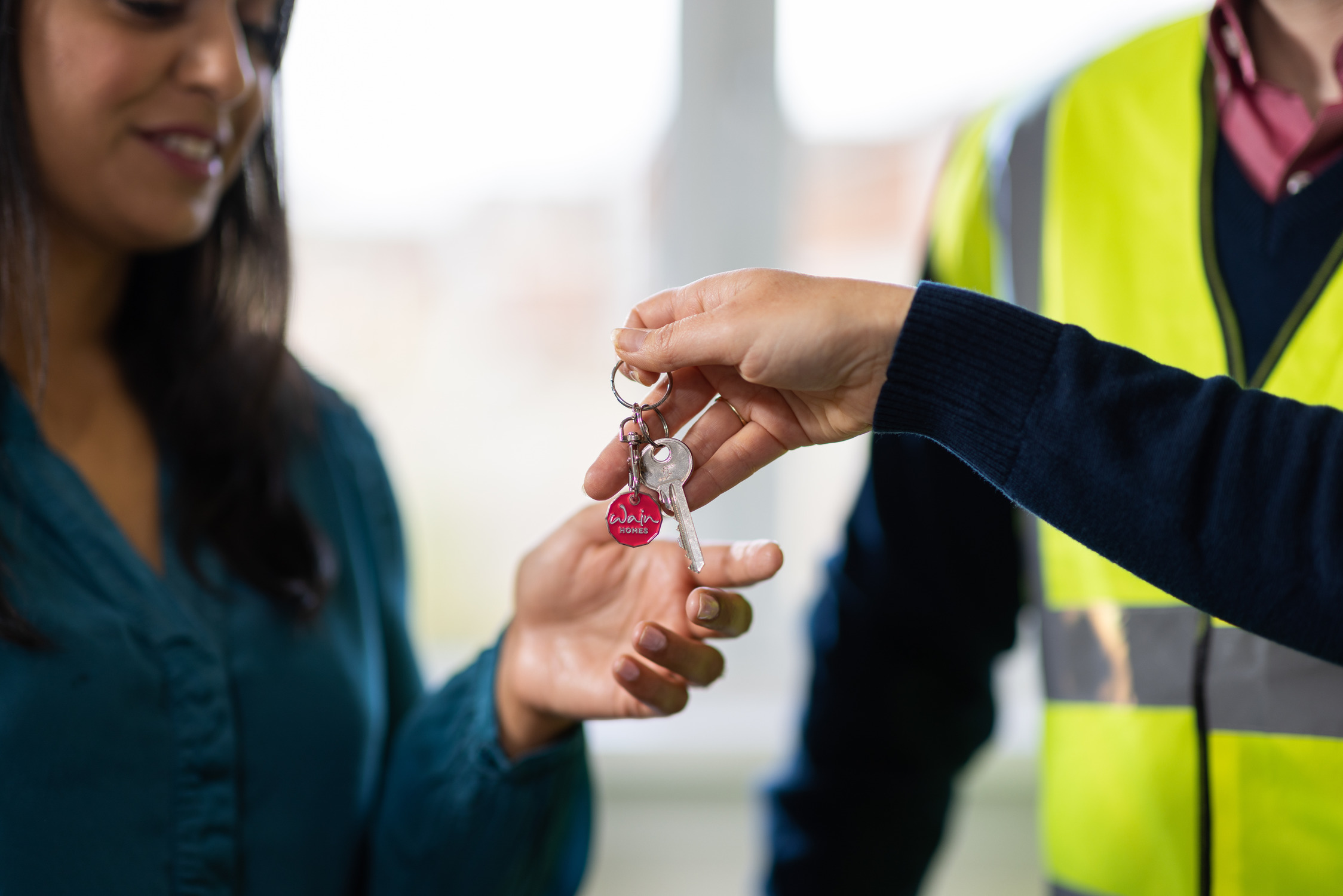Before we go into detail on the various different types of mortgage available to you, here we’ll briefly explain how mortgages work.
Mortgages are usually provided by banks and building societies. Once you’ve been approved for a mortgage and you’ve bought your new house, you’ll have to start paying it back. You’ll pay back your mortgage with monthly instalments – this covers the money you borrowed (called the principal) plus an amount of interest. For most mortgages, you’ll pay these monthly instalments for 25 years, but some mortgages last longer, with 35-year mortgages becoming increasingly common.
Mortgages are secured loans, meaning your property is the collateral for the loan - the asset the loan is based on. If you can no longer afford to pay back your mortgage, the building society or bank can repossess your property to sell it to recover their money.
Now that the basics of mortgages are covered, here we explain the main types of mortgage that will be available to you:
1. What is a fixed-rate mortgage?
With a fixed-rate mortgage, you’ll make repayments with a fixed interest rate for a certain amount of time, usually from two to five years. There are longer options available though, fixed rate mortgages can be found for three, seven, 10, and 15-year terms.
At the end of the fixed-rate term, you'll have to remortgage, with most lenders opting for another fixed-rate mortgage term. If you don’t remortgage, you’ll be moved to the bank or building society’s standard variable rate (SVR), which is usually more expensive (a higher rate of interest).
Fixed-rate mortgages are the most common type of mortgage in the UK as they give you stability and predictability. You’ll repay the same amount each month during your fixed-rate term no matter what happens to interest rates in the wider economy. This stability lets you plan your finances with confidence.
2. What is a tracker mortgage?
Unlike a fixed-rate mortgage, with a tracker mortgage the interest rate on your mortgage can change, meaning your monthly payments can vary.
The interest rates of tracker mortgages are based on the Bank of England base rate (the Bank of England’s interest rate). Usually this is the Bank of England base rate plus a given amount, like 1%. This means if the Bank of England base rate is 4%, your mortgage interest rate would be 5% (4% + 1%).
If the Bank of England base rate falls or rises, the interest rate on your mortgage will follow (track) it. If you have a Bank of England base rate plus 1% mortgage, and the base rate falls from 4% to 3%, your mortgage interest rate would fall from 5% to 4%. If the base rate rises from 4% to 5%, your mortgage interest rate would rise from 5% to 6%.
Some tracker mortgages come with a 'collar’ or ‘floor'. This is a lower rate that your mortgage interest rate can never fall below. So even if the Bank of England base rate plunges, your mortgage interest rate won’t track it all the way down. For example, you might have a Bank of England base rate plus 1% mortgage with a 2% collar. If the base rate falls to 0.5%, your mortgage interest rate won’t fall to 1.5%, it’ll remain at 2%.
Most tracker mortgages are offered with an introductory period, usually for two years. Once this period is reached, you’ll have to remortgage or you’ll be moved to the lender’s standard variable rate (SVR) mortgage.
Tracker mortgages offer the potential for lower interest rates, but you’ll need to be prepared for the possibility of rises in your monthly payments. Tracker mortgages are an option to consider if you don’t need the stability of fixed payments and you expect the Bank of England base rate to fall in the near future.
3. What is a variable-rate mortgage?
Variable-rate mortgages, also called adjustable-rate mortgages (ARMs), are like tracker mortgages where the interest rate you pay on your mortgage can rise or fall. However, rather than tracking the Bank of England base rate, variable-rate mortgages usually track a different underlying interest rate, typically the lender’s standard-variable-rate (SVR).
Whilst the lender’s SVR is based on the Bank of England’s base rate, the lender can raise or lower their SVR at their own discretion. The lender's SVR may not move exactly in line with the Bank of England base rate.
Like tracker mortgages, variable-rate mortgages are typically offered with a two-year introductory period. After two years, you’ll have to remortgage or you’ll be moved to the lender’s standard variable rate (SVR) mortgage.
Just as with tracker mortgages, variable-rate mortgages are suitable for people who can cope with rises in monthly mortgage payments as well as falls, and who predict that interest rates will be lowered in the near future. Unlike tracker mortgages, your interest rate won’t track the Bank of England base rate, but another rate, like your lender’s SVR.
4. What is an interest-only mortgage?
With an interest-only mortgage, you only pay the interest on your mortgage for a set period of time, usually the first few years of your mortgage term. For example, if you borrow £300,000 for 25 years with a 5% interest rate for a three year interest-only period, then for those three years you won’t repay any of the £300,000 borrowed, you’ll just pay the 5% interest in monthly payments.
After the initial interest-only period, you’ll typically have to remortgage to a fixed-rate mortgage, tracker mortgage, or variable-rate mortgage. This means you’ll start to repay both the interest and the money borrowed (the principal).
Some interest-only mortgages last longer though. And if you opt for one of these, you’ll need to have a plan in place to help you repay the mortgage principal at the end of the interest-free term. Usually this is a separate investment scheme, like an Individual Savings Account (ISA), a pension, or an investment portfolio. With this option you run the risk that your investments won’t have earned enough money to repay the principal when it’s due.
Interest-only mortgages offer you lower monthly payments during the interest-only period, making home ownership more affordable in the short term, as the initial payments are lower.
However, whilst interest-only mortgages provide temporary relief on monthly payments, they may end up costing you more in the long run, due to the delayed repayment of the principal.
If you’re considering an interest-only mortgage, you need to have a solid plan for how you will repay the principal when the interest-only period ends.
5. What is a standard-variable-rate (SVR) mortgage?
You can think of a standard-variable-rate (SVR) mortgage almost like a default mortgage. When you’re approved for a mortgage – whether that’s a fixed-rate mortgage, tracker mortgage, or variable-rate mortgage – you’ll usually be offered an introductory period or fixed-rate term that lasts from two to five years. After this period, you’ll have to remortgage. If you don’t, you’ll be moved to the lender’s SVR mortgage.
The standard-variable-rate (SVR) is the bank or building society’s own internal standard interest rate. It’s based on the Bank of England base rate, but the lender can choose to move it at their discretion, so it won’t follow the Bank of England’s base rate exactly.
With an SVR mortgage, your monthly payments could vary, either increasing or decreasing as the lender’s SVR changes. SVR mortgages tend to have higher interest rates than fixed-rate mortgages, tracker mortgages, or variable-rate mortgages, so you should always try to remortgage to avoid a SVR mortgage, if you can.

















